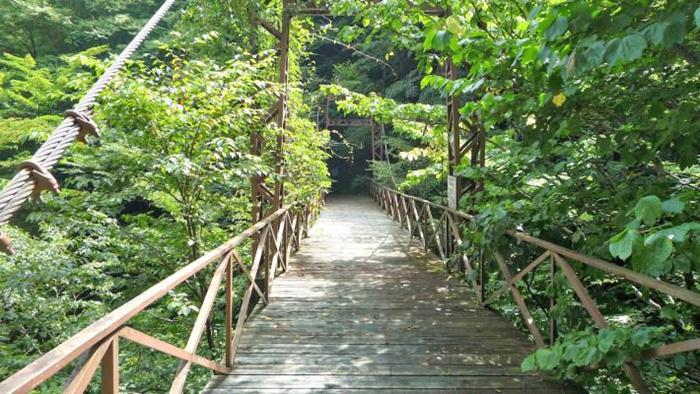Japan is such a beautiful country to visit, it is always a top tourist destination with more than 2.5 million travelers annually. Tourists are enthralled with the mix of high technology and the traditional ways. Japanese are also famous for their movies especially the horror genre. Aside from the lovely shrines, parks, and bizarre futuristic restaurants dotting the country there are also eerie places in Japan that gives birth to horror stories and scary urban legends. Here are the top 3 scariest places in Japan.
AOKIGAHARA FOREST
Just in the northwest of the iconic Mt. Fuji is the Sea of Trees or formally known as Aokigahara Forest. Like its moniker, the foliage is so thick that you can’t even hear any wind passing through the trees. Roots intertwine over jagged rocks, dead leaves and sometimes dead bodies are what covers the whole forest floor. Yes, dead bodies that sometimes are from ages ago, because this forest is also known as the Suicide Forest. Japan has an ancient tradition of glorious suicide or hara-kiri or seppuku and they have the highest suicide rate in the world. And because of the thousands of trees in this 13.5 square mile forest, death by hanging is the most common method of suicide.
OIRAN BUCHI
This suspension bridge holds a tragic story despite of its natural scenery all around. During the 16th century, there was a thriving gold mine here owned by a rich Japanese family, and they put up brothels with “oiran” or prostitutes to make the miners happy, but after a huge battle, they had to close down the area but to keep the gold mine a secret, they killed more or less 50 oirans by inviting them on the bridge and cutting the ropes so they all fell down to the abyss below. Up until now, passersby have sworn to hear wails and cries from down the gorge.

INUKANE PASS
Inukane Pass or also known as the Old Chusetsu Tunnel is infamous for its many haunted stories from casual goers. Before it was only blocked off by a guardrail but since there were a lot of people who visit the abandoned tunnel leading to minor injuries and some wrongdoings, it is now partially blocked by large concrete. It was said that before you enter the haunted pass, you will hear a voice whispering a warning for you not to enter it, but if you’re a brave soul and decided to enter the tunnel despite the warning prepare to hear unearthly sounds as you go deeper down the secluded old passage. Beware though because aside from the creepy sounds you might, also, encounter some vengeful spirits.